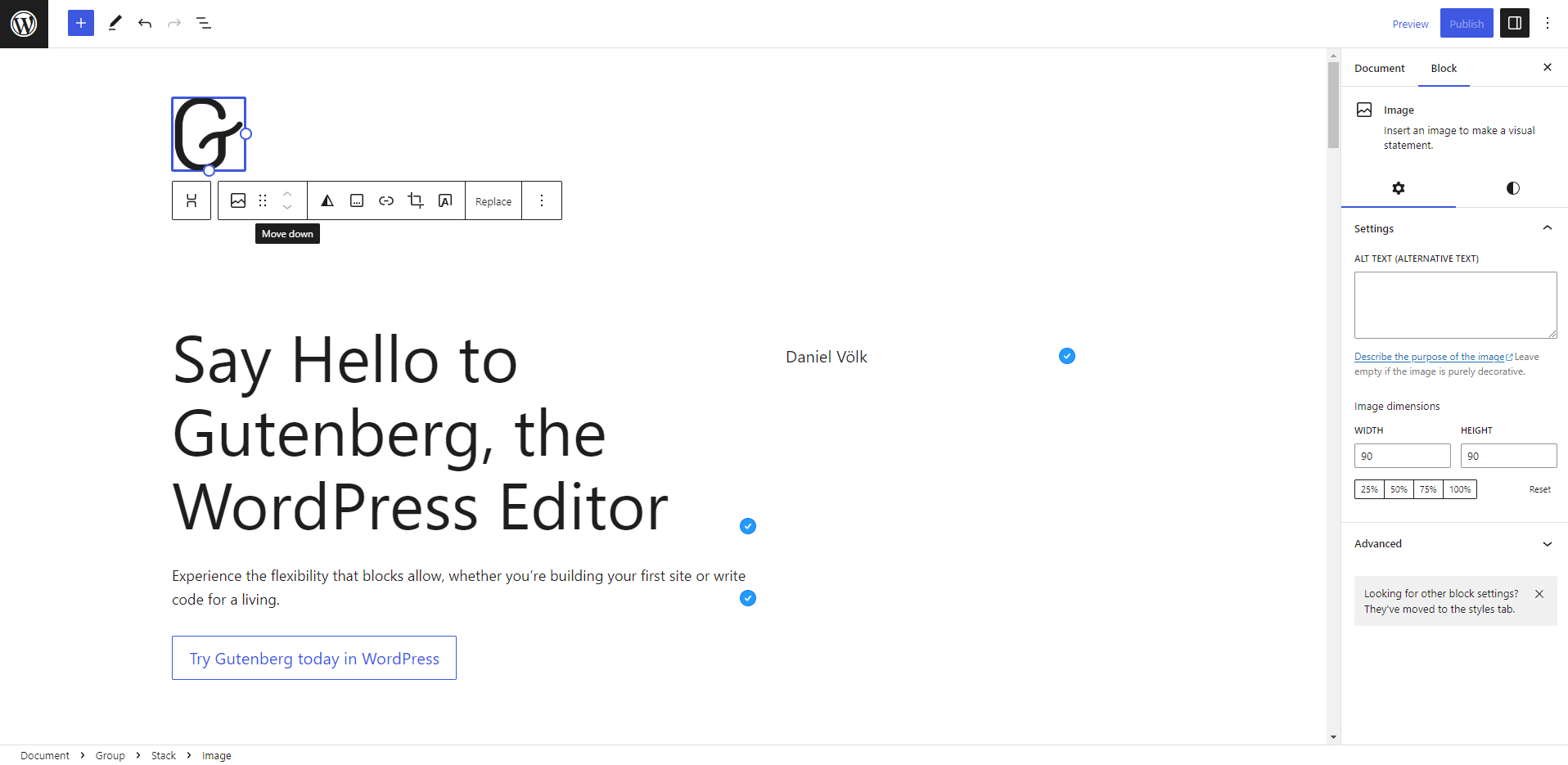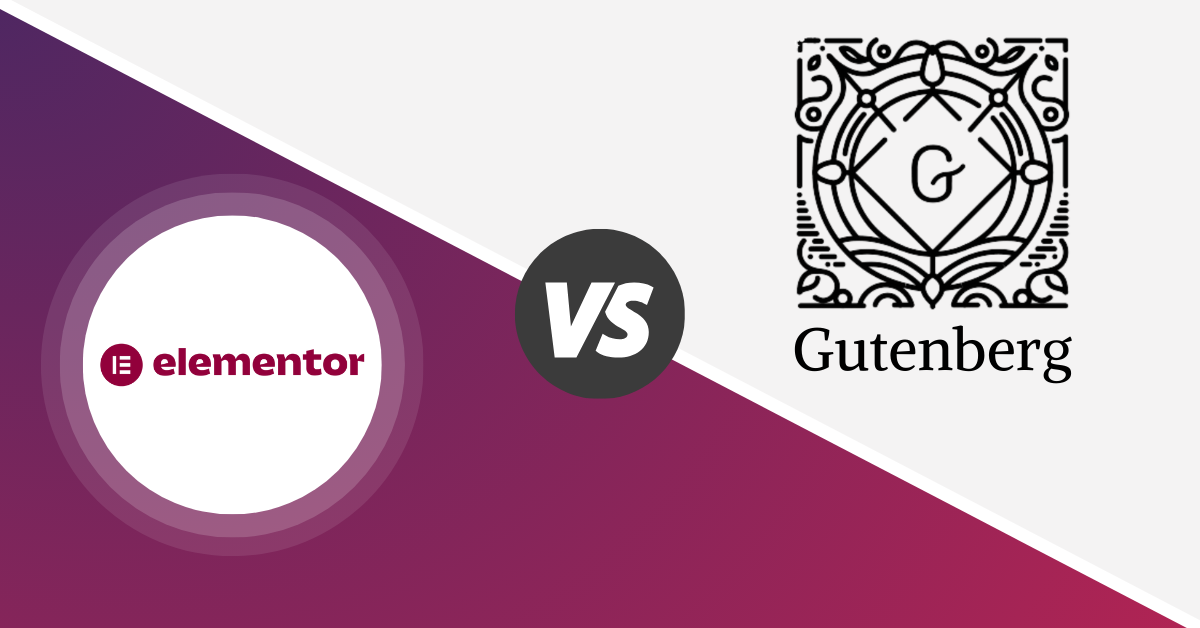Gutenberg gets more and more features with each WordPress update. But is it good enough to compete with Elementor?
What is Elementor?
Elementor is a drag-and-drop page builder that is popular among WordPress users. It is a plugin that you can install on your website, and it allows you to create custom pages and posts by dragging and dropping widgets and elements onto your page.
What is Gutenberg?
Gutenberg is a page builder that was introduced in WordPress 5.0. Gutenberg is a block-based editor, which means that you can create content by adding blocks of different types, such as paragraphs, headings, images, and videos.
Comparing Gutenberg and Elementor
Now that we have looked at the features and pros and cons of both Gutenberg and Elementor, let’s compare them based on a few important factors.
Ease of Use
It is always available and easy to access Gutenberg because it is part of the core of WordPress. It’s easy to use and has a clean, simple style, that is easy to navigate, and it’s great for creating simple designs quickly. However, Gutenberg may not be able to handle more complicated designs, and you may need to use extra plugins to get some features.
On the other hand, Elementor is a drag-and-drop page builder that gives you more control over how your site looks. It has a WYSIWYG interface that lets you see your changes right away, and you can pick from a lot of widgets and features. However, Elementor can be hard to understand at first, and it might take some time to learn how to use all of its features.
Design Flexibility
When it comes to design flexibility, Elementor is the clear winner. It lets you choose from many different themes, and you can make pages and posts that look nothing like the ones that come with WordPress. Elementor also lets you make more complex changes, like adding your own CSS and JavaScript.
Gutenberg, on the other hand, doesn’t let you create things as freely. While it is possible to create custom designs with Gutenberg, it may require additional plugins or coding knowledge. Aside from that, some users might think the block-based editor is too limited for their design needs.
You can’t even add simple padding to your designs, that’s why there are Gutenberg based page builders like GeneratePress.
Customizability
Elementor clearly wins this category. I tried Gutenberg, but it’s impossible to create a beautiful website yet without a lot of CSS. Some basic features like adding padding are still missing.

Pricing
Gutenberg is free and built into WordPress core, which means that it’s always available to use. On the other hand, Elementor has both a free and paid version, with the paid pro version offering more advanced features and support. The paid version of Elementor can be expensive for some users, especially if you need to use it on multiple websites.

Pros and Cons of Elementor
Pros
- Easy to use for complex designs
- Wide range of design options
- Large selection of widgets and elements
- Supports custom post types and taxonomies
Cons
- Requires a plugin installation
- Paid version is expensive
Pros and Cons of Gutenberg
Pros
- Built into WordPress core, which means it’s always available
- Easy to use for simple designs
- Has a minimalist design that is easy to navigate
Cons
- Limited design flexibility
- Blocks can be restrictive
- Requires additional plugins for some features
- Limited third-party support
Conclusion
Currently, Gutenberg is not ready to build beautiful websites. Because a lot of customization options are missing. If you want to use Gutenberg, you should use GeneratePress and GenerateBlocks.



